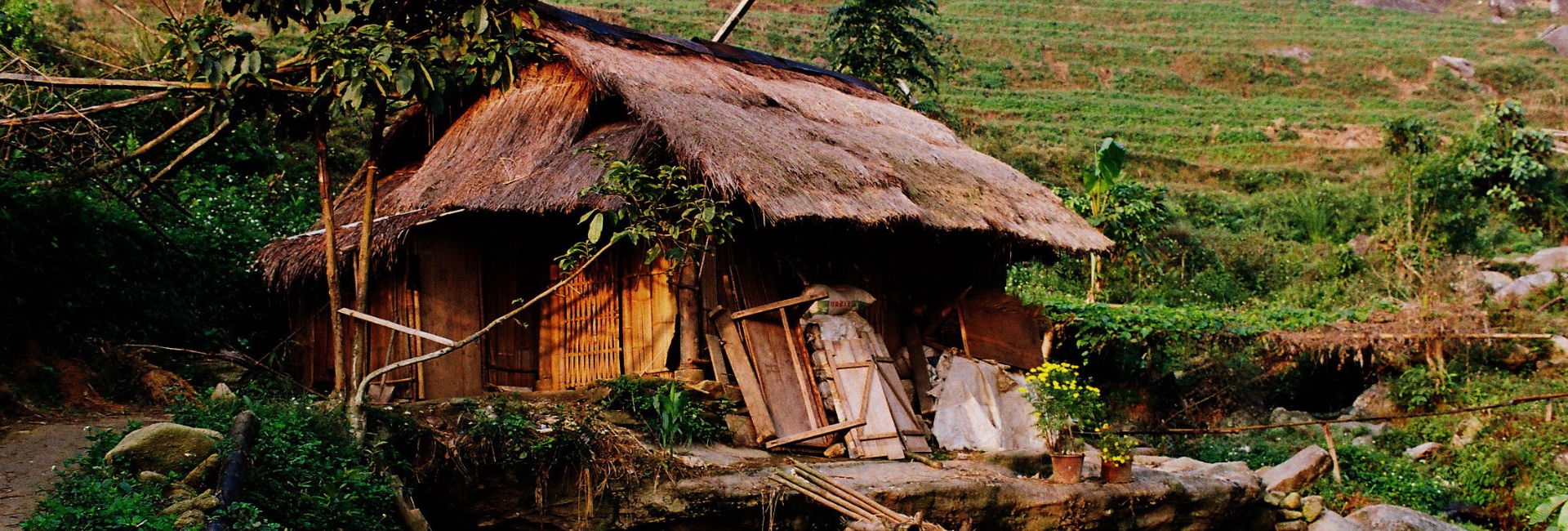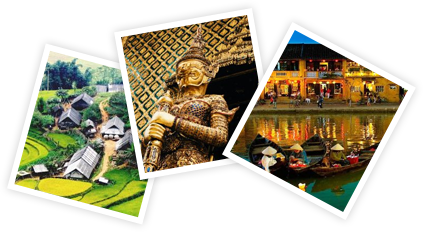As you embark on your journey to Sapa, prepare to be mesmerized by the ever-changing weather that shapes the beauty and charm of this captivating destination. However, your trip may turn into a faulty memory if you visit the site at the wrong moment because of its dreadful weather. With the following tips on Sapa’s weather, Indochina Voyages will help you choose the right time for an ideal tour of Northern Vietnam mountainous.
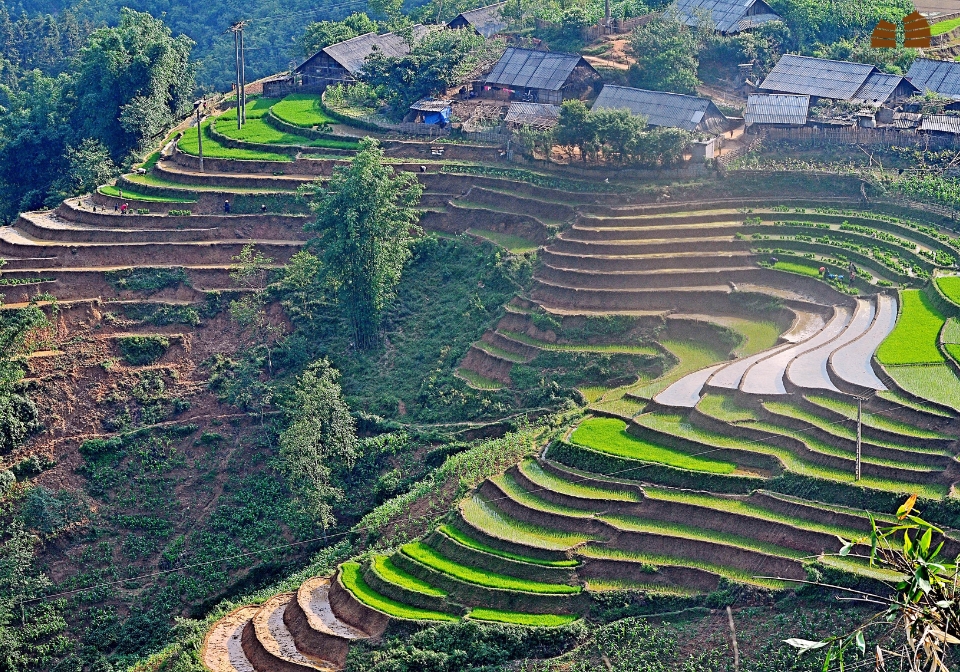
Sapa weather overview
Sapa has unique weather to Vietnam due to its being located at an altitude of about 1,500 meters above the sea. Its climate is highly seasonal, featuring a subtropical climate in the summer and a temperate climate during the winter, which is completely different from the tropical monsoon climate dominating the North.
The region experiences spring, summer, autumn, and winter, each with its own weather patterns and allure. The average temperature for Sapa is approximately 15°C, but it ranges by season, striking a maximum of 29.4°C in summer and a minimum of 1°C in winter. With that kind of weather and the range of temperature, Sapa is definitely proper for your trip throughout the year without bothering to be affected by the extreme heat of Vietnam
Seasonal Weather Patterns
In Sapa, spring brings blooming flowers and misty valleys, summer offers pleasant temperatures for outdoor activities, autumn paints the landscape with vibrant colors, and winter is cold with maybe a snowy charm.
Spring Delights (From March to May)
As spring breathes life into Sapa, the landscape bursts with vibrant blossoms and lush greenery. Embrace the refreshing showers as you explore the misty valleys and terraced rice fields. Spring is the perfect time for trekking amidst nature’s awakening.
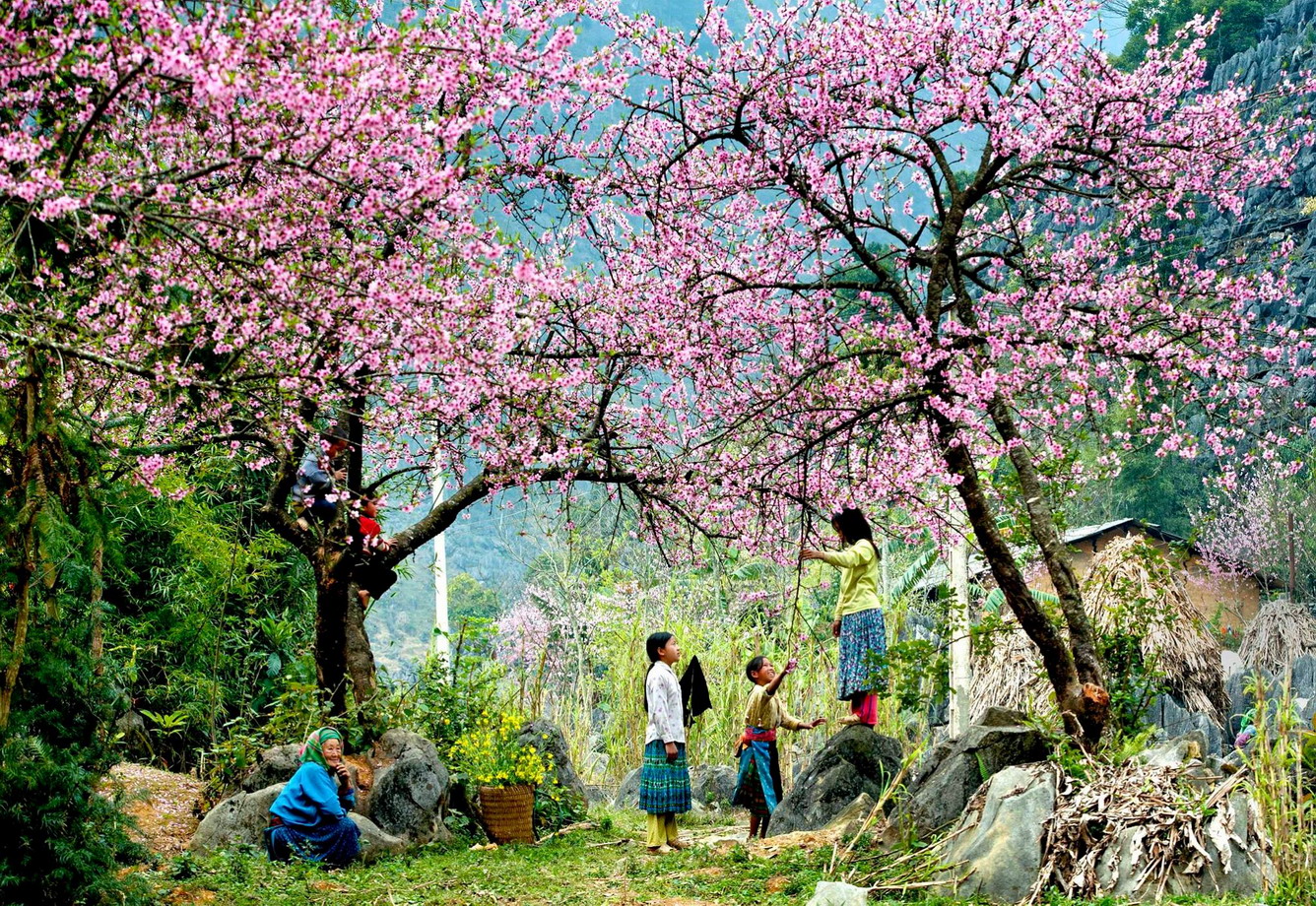
Summer Adventures (From June to August)
During the summer, it is warm but not as hot as other regions, with clear skies and rain showers happening more and more frequently towards the end of the season. Thanks to this weather, the entire magnificent nature of Sapa seems to come into your view. You can see ranges of towering mountains that dominate the site or an enormous area of terraced fields reflecting the local ethnic agricultural custom.
However, a trip in July and August is usually not recommended because of their being the peak month of rain and typhoons, which can trouble you and limit your vision.
Autumn Magic (From September to November)
Autumn is a season of enchantment in Sapa. The landscape transforms into a tapestry of warm hues as the terraced rice fields turn golden, surrounded by mist-covered mountains. Immerse yourself in the local culture by participating in harvest festivals and cultural celebrations.
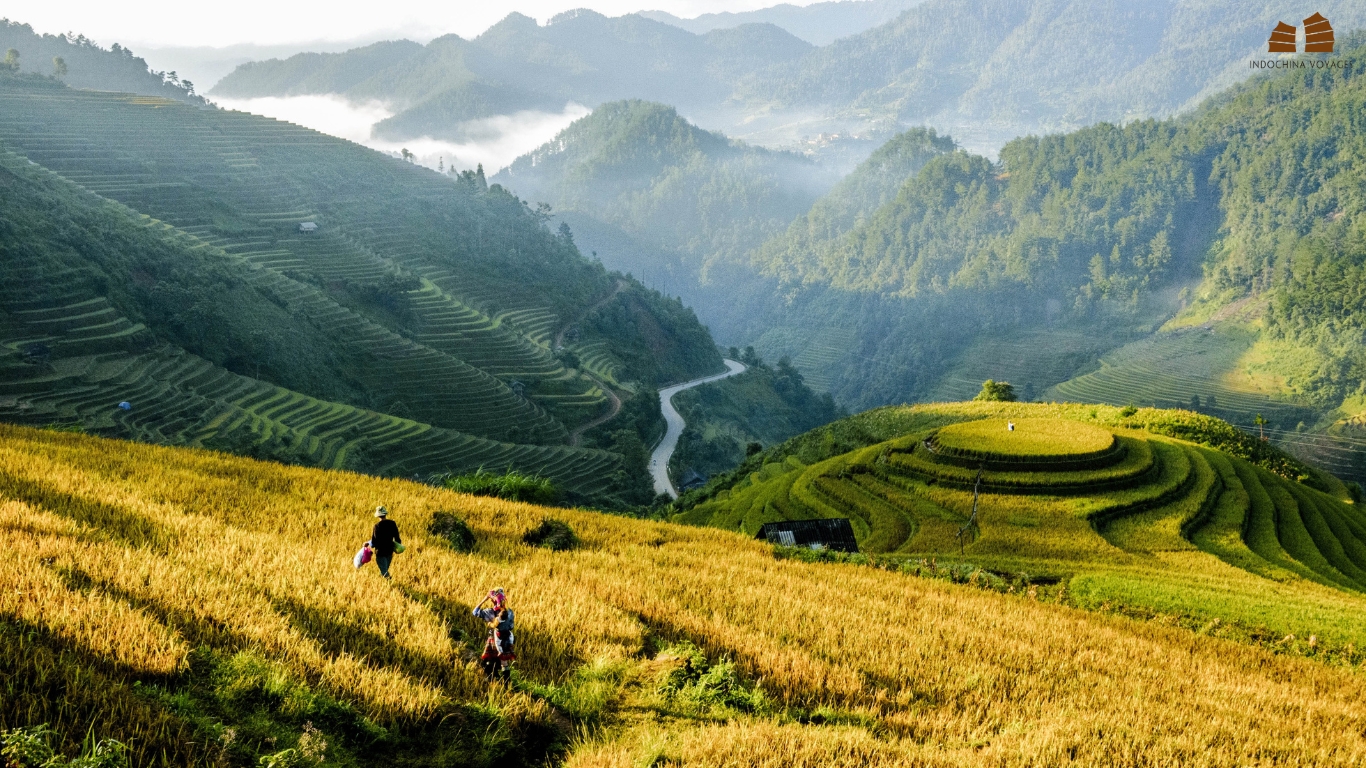
Winter Wonder (From December to February)
Sapa in winter is really cold, especially in December and January. If you are drawn to Sapa’s picturesque scenery covered by fog and clouds, you should take a journey during this time, but it may prevent you from doing some activities, including trekking. Snow may fall in some years on the highest peaks. Seek comfort in cozy accommodations and homestays, where you can warm up by a crackling fireplace.
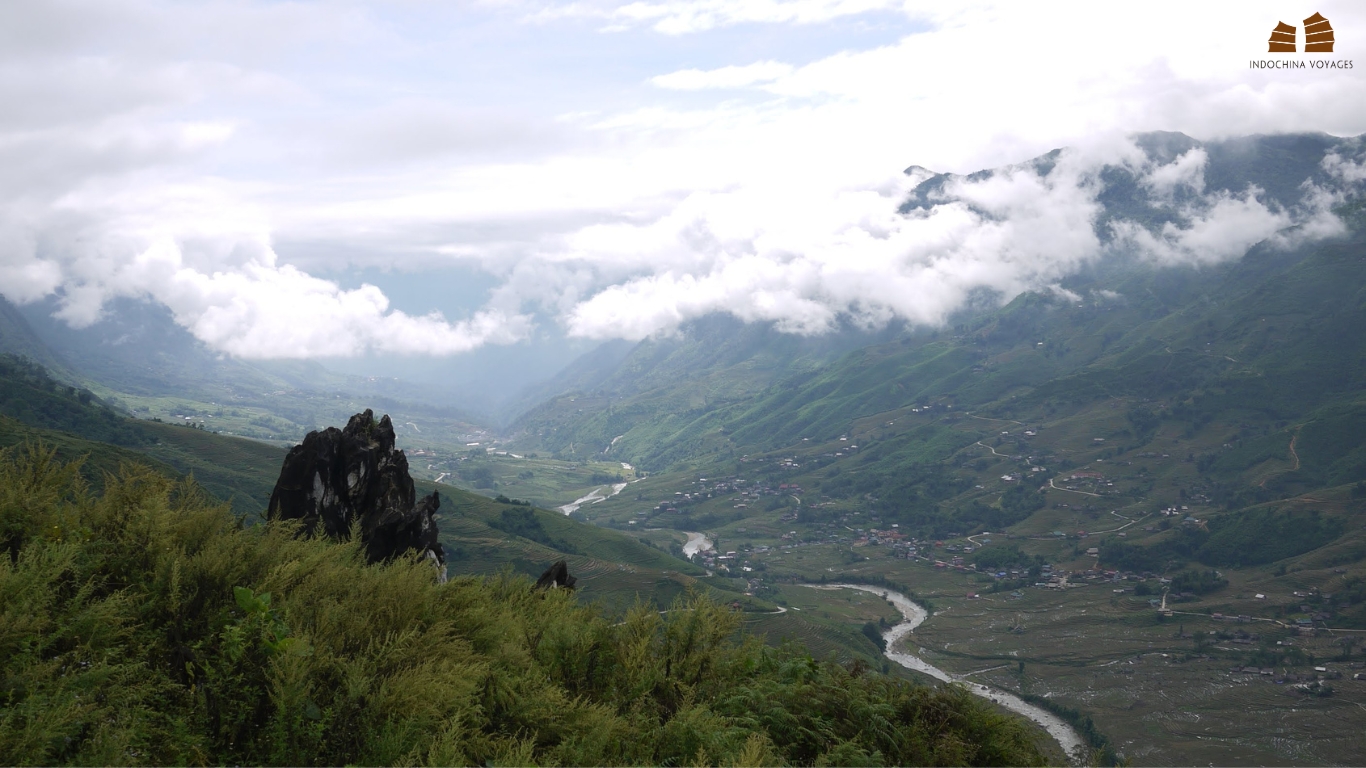
What is the best month to visit Sapa?
March-May and September – November are the two most proper periods for a laid-back and rejuvenating journey to Sapa, which specifically are:
- March to May offers blossoming flowers and refreshing showers, which is the perfect time for trekking.
- September to November is the best time to visit Sapa rice fields with vibrant colors and landscapes.
Besides, you can also consider visiting Sapa from December to February to immerse in the cold atmosphere and challenge yourself with hiking. Sapa Trekking in December is one of the most fascinating invitations for you!
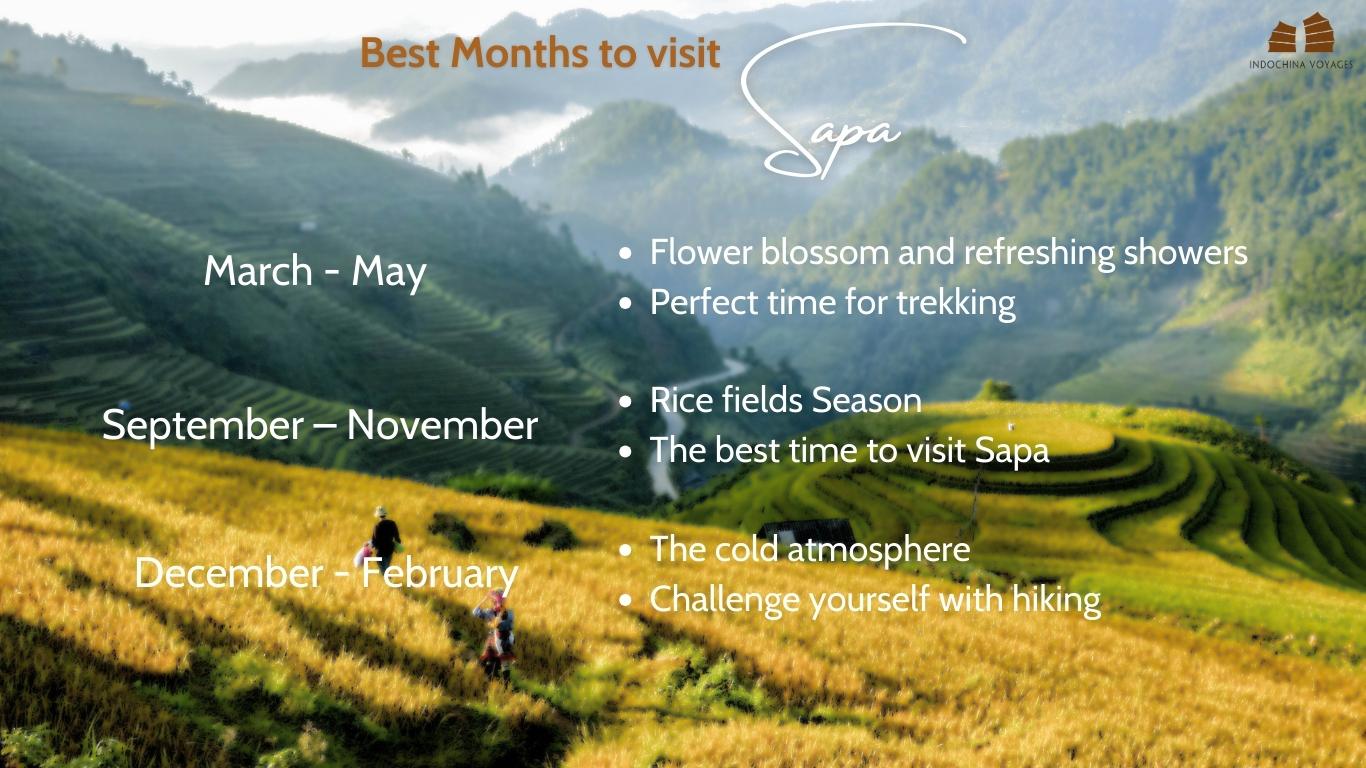
Weather-Dependent Activities
Sapa’s weather influences the array of activities available to travelers:
- Trekking and hiking: Choose trails based on weather conditions for the best experience.
- Waterfalls and natural attractions: Visit during the wetter seasons to witness the cascading beauty of Sapa’s waterfalls.
- Photography opportunities: Capture stunning shots of misty landscapes, golden rice terraces, and snowy peaks, depending on the season.
Sapa’s weather is an integral part of its allure, offering a myriad of experiences to captivate your senses. Whether you’re exploring the misty valleys of spring, witnessing the golden autumn landscapes, or indulging in winter adventures, Sapa’s weather enchants at every turn. Embrace the elements and let the weather guide you through this extraordinary destination. Plan your visit to Sapa, and let the seasons weave their magic upon your journey.
FAQs
Below are questions that Indochina Voyages summary for you:
What is the coldest month in Sapa?
The coldest month in Sapa is January when the temperature can go down to under 1°C. If lucky enough, you’ll witness the snow blank on the peak of mountains (which is rarely found anywhere in Vietnam’s tropical monsoon climate), and the air carries a crisp chill.
When is the rainy season in Sapa?
The rainy season in Sapa is often from May to the beginning of September, but the highest rain usually falls in July and August. These months also have typhoons, which can trouble you and limit your vision.
How to deal with Sapa Weather?
To make the most of your Sapa experience, consider these tips:
- Pack appropriate clothing: Be prepared with rain gear, sturdy footwear, and warm layers.
- Stay comfortable: Layer your clothing for flexibility, stay hydrated, and use sunscreen.
- Adapt plans: Stay flexible and adjust your itinerary based on the weather forecast.
When is Sapa’s rice season?
Sapa’s rice season is often from the end of August to the beginning of September. People often harvest from 20th August to 5th September every year. Hence, if want to admire the stunning Sapa rice fields, we recommend you should come to visit Sapa before 5th September.
From The Indochina Voyages Team.
Maybe you’ll need:

